Building Cultures that Help us Collaborate

You wake up in the morning and turn off your alarm. You get dressed in your jeans and button up shirt. You balance your cup of coffee in your hand as you lock your door. You ride the subway, looking at the ground, listening to a podcast. You arrive at work, sit at your desk and turn on your computer. At noon, you take a quick lunch with one of your colleagues. You talk about your dogs and your plans for the weekend. At 6:00 pm, you go home and heat up leftover chicken and rice from last night. You watch some Netflix and go to sleep.
This routine might sound familiar...
This routine might sound familiar to you. It might reflect part of your everyday reality. If it doesn’t, you could write one that does and be sure that it’s not unique to you. Any generic description like this captures part of the power of culture: when we sleep and eat, what we listen to, what we talk about, and who we interact with is particular to our time and place in history. Culture has a pervasive impact on the banal and the deeply significant aspects of our lives. While we’ve created entire disciplines that study the constructions and effects of culture, most of us don’t spend the bulk of our day thinking about it. This is a serious blind spot: if culture is such a powerful force on how we think and act, why don’t we spend more time trying to intentionally shape it?
Yet It Isn't Always Easy.
In our work with networks of people trying to work together to create social change, building cultures is how we spend a lot of our time. Research shows that when people are trying to achieve something collaboratively, the group’s culture matters. Specifically, to commit to a collaboration, people need to feel that their voices are heard, that their opinions are valued, and that they have the power to influence decisions.[1] This commitment is essential because networks often rely on people to invest their time and energy, take responsibility as leaders, and make changes in their day to day work that reflect the network’s goals.

Unfortunately, a lot of our everyday habits, social norms, and expectations get in the way of working together. Many organizations are hierarchical: everyone has a role, reports to someone, and has a clear set of responsibilities. This discourages people from acting like a leader, regardless of their title: people wait for their boss to tell them what to do and want job descriptions that outline clear responsibilities. Scarce funding creates competition between organizations. This competition incentivizes people to share their successes (not their challenges) and approach evaluation as an opportunity to prove their worth. Competition discourages people from sharing information and working together transparently. It hurts our chance of making change in complex, changing contexts where learning is essential.
Culture Change Takes Time but Pays off
We hope these examples show that even though “intentionally shaping culture” sounds like a high-minded goal, it is actually profoundly practical. To get people to work together, we need to support social norms and structures that support a healthy collaborative culture. In the networks we work with we make small but significant choices to create this culture. We invest in transparency. In one network, its weekly, strategic meetings is open to anyone who wants to attend. In another, where that isn’t possible, why and how we’re making decisions is explicit. We consistently ignore people’s formal titles to encourage everyone to have a voice. We judge people’s ideas based on their merit instead of their formal position.
By valuing different perspectives, we have a better chance of responding to the realities of our situation and create a broad sense of ownership and responsibility over the network’s goals. We take time to build trusting relationships by interacting often. All of these efforts relate to one another: when a process is free of favoritism, people are encouraged to have a voice, and decisions are made with integrity, people are more willing to share, trust, and work with one another.
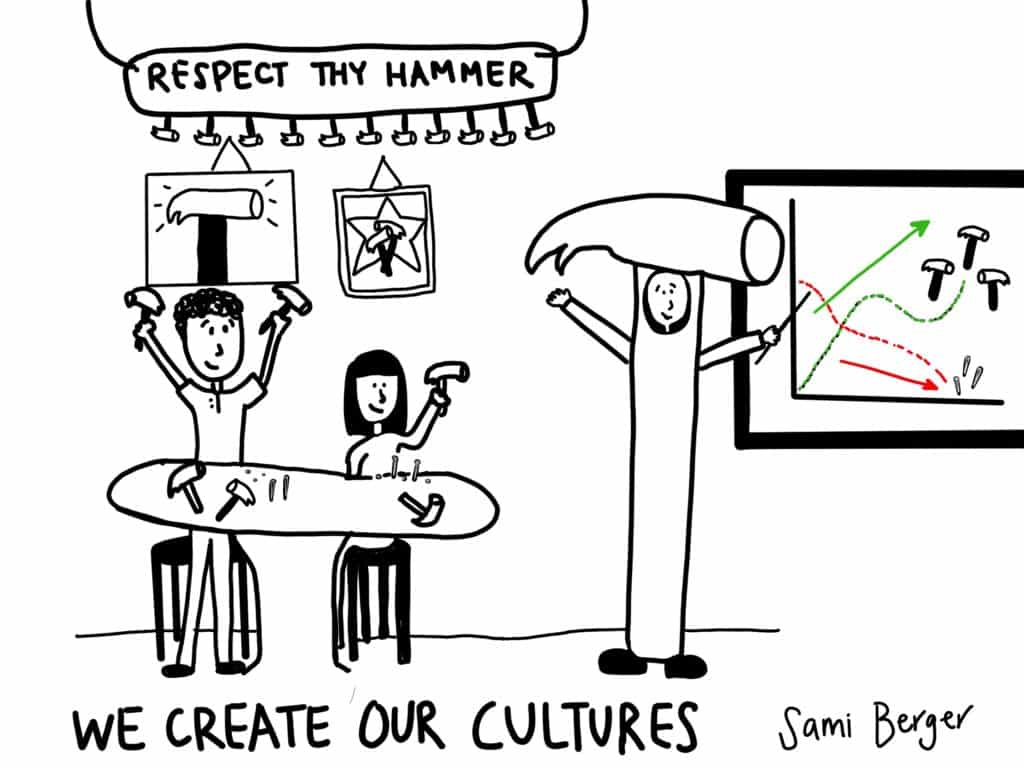
Good Follow-Through Matters.
It is important to follow through on these values consistently. As we make decisions that exemplify this culture, others start to mimic that way of acting. It takes practice when we’re used to other ways of treating each other. These efforts are also reinforced through formal policies and structures. Our transparent decision-making practices are supported by written forms that make everyone’s thinking apparent and it is part of a formal process to provide input on these decisions. We create non-hierarchical governance structures so that we have to communicate, plan and execute our plans in ways that doesn’t concentrate power or control. The defining features of a collaborative culture become the network’s formal guiding principles. We evaluate our success based on whether we’re achieving all of the above.
Despite its power, because of the nature of culture, when we do it well and for long-enough, it becomes invisible to us again. It’s difficult to untangle how we do things from what we’re able to achieve together. It becomes easy to de-value what we no longer see and focus on tangible activities. Making culture, and what we’re doing to create it, visible is essential if we want to support collaborative ways of working together. It’s the foundation for everything else.
About the Author: Will Jacobson
Business Development Specialist
Will Jacobson is the Business Development Specialist on VNL’s Marketing and Communications Team. Will previously served as as VNL’s Marketing Intern.
Originally from New York City, he loves living in Colorado and all the outdoor life it has to offer. He’s also a pretty big foodie! Will holds a degree in marketing from the University of Colorado Denver.
About the Author: Blythe Butler
Founder & Evaluator, Atticus Insights
Atticus Insights, my consulting practice, is dedicated to building capacity in individuals, organizations and communities to be able to effectively meet the challenges and opportunities they face. My passion is rooted in organizational change, culture, strategy, evaluation & learning in order to build organizational resiliency. I take a multi-disciplinary approach to address complex challenges while maintaining the ability to execute and design practical action. I have a broad and diverse background in strategic planning, change management, developmental evaluation, facilitation and organizational development. For over 15 years I have worked in the public, private and not-for-profit sectors, consulting with clients in the areas of collective impact, community investment, corporate social responsibility, social enterprise and change management.
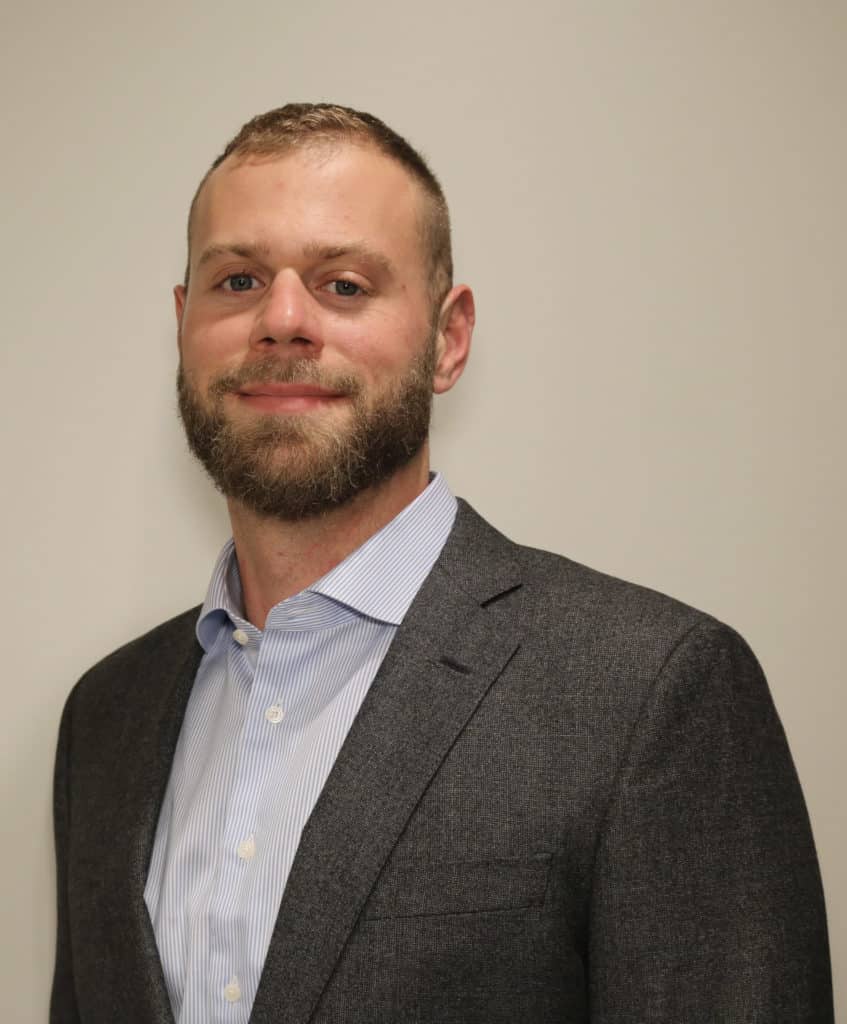


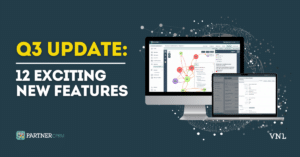
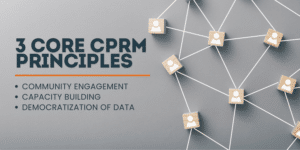
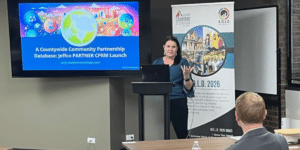

One Comment
[…] This was also shared on Visible Network Lab’s website, a great resource to learn more about Social Network Analysis and the PARTNER […]